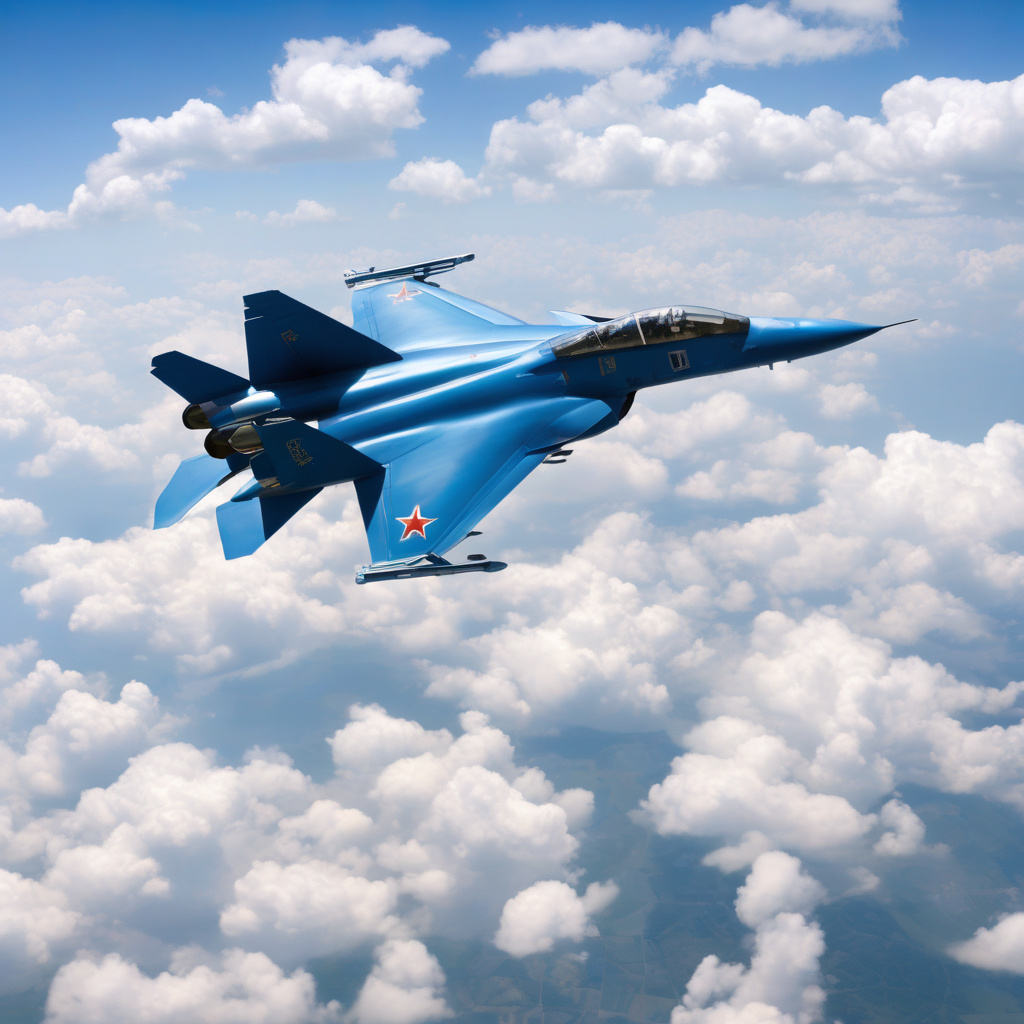China Unveils Low-Cost Fighter Jets Aimed at Disrupting US Export Dominance
In a move signaling China’s growing ambitions in the global defense export market, Beijing’s state-owned defense contractor, Aviation Industry Corporation of China (AVIC), recently unveiled its latest low-cost fighter jet. This strategic maneuver not only demonstrates China’s determination to challenge the United States’ long-standing dominance in the defense export sector but also signifies its technological prowess and competitive pricing strategy.
The newly revealed fighter jet, known as the FTC-2000G, is poised to offer cost-effective alternatives to countries seeking advanced military aircraft at a lower price point. With a price tag of approximately $30 million per unit, the FTC-2000G presents a compelling option for nations looking to modernize their air forces without breaking the bank. This competitive pricing places China in a favorable position to attract buyers who may have previously turned to the US or European manufacturers for similar capabilities.
Furthermore, the FTC-2000G boasts impressive features that rival those of Western fighter jets. Equipped with modern avionics, a sophisticated radar system, and precision-guided munitions, this aircraft offers a comprehensive solution for air defense and combat missions. Its versatility and advanced technology make it an appealing choice for countries seeking to enhance their defense capabilities without compromising on quality.
China’s entry into the low-cost fighter jet market not only poses a challenge to US export dominance but also reflects the country’s broader strategy to expand its influence in the defense sector. By offering competitive alternatives to Western-made aircraft, China aims to strengthen its position as a key player in the global arms trade, capitalizing on its growing reputation for producing reliable and affordable military equipment.
In addition to the economic implications, China’s push into the defense export market also carries political and strategic significance. By providing countries with access to advanced military technology at a lower cost, China can forge closer ties with new allies and expand its geopolitical reach. This expansion of influence could potentially reshape existing power dynamics and challenge the traditional Western-led order in the defense industry.
As China continues to make strides in the global defense export market, the unveiling of the FTC-2000G serves as a bold statement of intent. By offering a high-quality, cost-effective fighter jet, Beijing is not only disrupting US export dominance but also signaling its emergence as a formidable competitor in the international arms trade. The success of the FTC-2000G could pave the way for future innovations and collaborations, further solidifying China’s position as a key player in the ever-evolving landscape of global defense.
In conclusion, China’s introduction of the low-cost FTC-2000G fighter jet represents a significant development in the defense export market. With its combination of advanced technology, competitive pricing, and strategic implications, the FTC-2000G has the potential to disrupt the status quo and challenge traditional industry leaders. As China continues to assert its presence on the world stage, the global defense sector is sure to witness a new era of competition and innovation.
China, Fighter Jet, Defense Export, Global Influence, Technological Prowess












